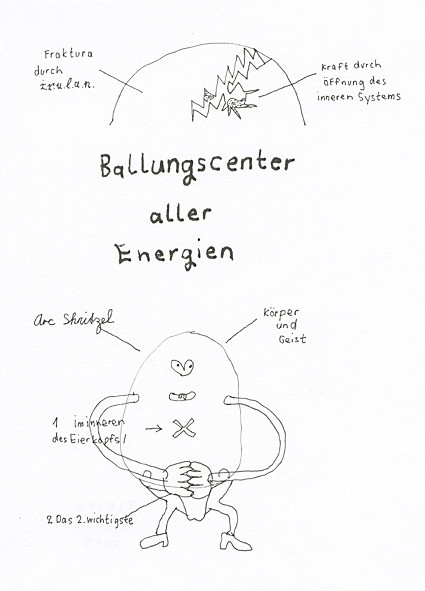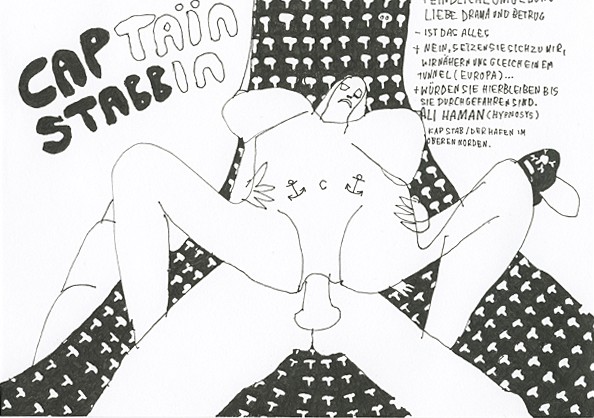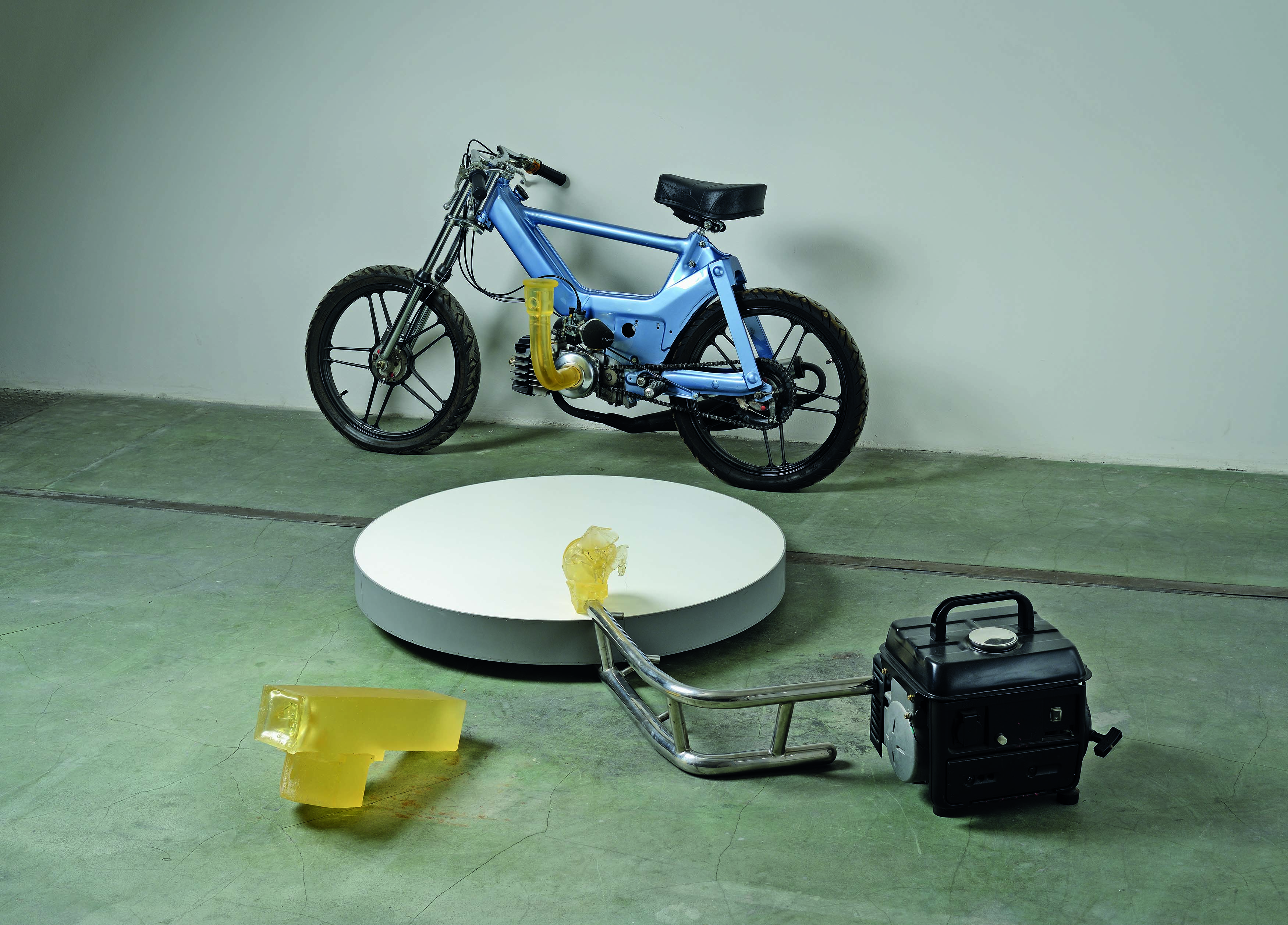German, Florian



Born 1978 in Thurgau, Switzerland, lives in Zurich
Partially a scientific laboratory, partially a mysterious alchemist chamber—this is what the installations of Florian Germann look like, an artist of the new generation who is influenced by a German author living in the UK, W.G. Sebald. For many English and German artists, he became a cult author. Similar to Sebald, Germann mixes fact with fiction in his works of art. These artists are also rooted in real narratives that are further developed in such a way that it is impossible to determine where reality ends and where fiction starts.
This is also true of Florian Germann’s work: the original motifs of his artwork are mainly themes such as energy—Ballungs-center aller Energien I & II (Confluence of All Energies I & II) from 2007 / 08—or mythological and historical tales—The Werewolf of Vienna from 2009, Saint Helena—Riches from the Depths of the Mountains from 2010; i.e., phenomena that are either like the transformation of energy of real but human experiences which are difficult to access, or like a notion that exist from the beginning on the edge of reality and fiction.
The German term Poltergeist is also a phenomenon that exists on the edge of reality and fiction. It is characterized by mysterious circumstances such as levitating tables, creaking doors, voices of the dead, opening coffins: simply, occult phenomena that cannot be physically explained and that belong to parapsychology and the spiritual world. It is this spirituality or poltergeistism that Germann takes up in his first institutional exhibition at the Zurich Migros Museum für Gegenwartskunst, eloquently referred to as “The Poltergeist Experimental Group (PEG). Applied Spirituality and Physical Spirit”.
In his installations made of various pieces of clothing, bars, organ pipes, ladders, and various cables, Germann wants to bring to mind the relationships of supernatural phenomena with ritual, alchemy, and science. An important role for him is played by ectoplasm—a substance used in parapsychology and that materializes apparitions. “Ectoplasm is a synesthetic material and it corresponds to physical moods,” Germann explains. But what does a physical mood look like? It is these often absurd questions that are the core of Germann’s interests.
